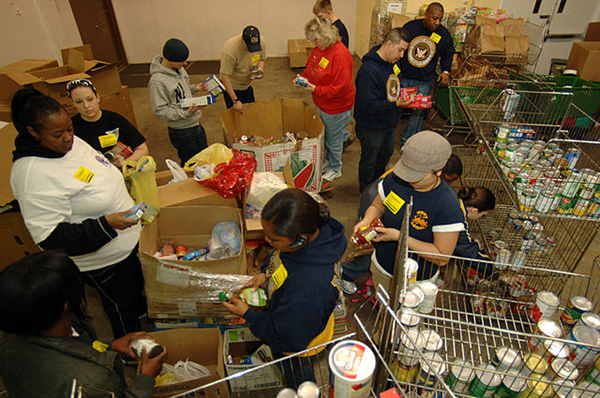- La Feria Community Holds Succesful Business Mixer Event
- Little Nashville to Take Place in Downtown Mercedes
- Lions Basketball Captures District Gold
- La Feria ISD Students Compete in Regional Chess Tournament
- Lions End First Half of 32-4A on a High Note
- La Feria ISD Held Another Successful Parent Conference
- Strong Appearance for Lions at Hidalgo Power Meet
- LFECHS Students Get to Meet Local Actress
- Students Participate in Marine Biology Camp
- Two LFECHS Students Qualify for All-State Band
One in Five Texas Households Went Hungry in 2014
- Updated: April 24, 2015
by Eric Galatas/TNS
AUSTIN, Texas – While Congress considers cuts to safety-net programs such as food stamps – now known as SNAP benefits – a new report by the Food Research and Action Center shows that millions of Americans still are struggling to put food on the table.
The study, “How Hungry is America?,” found that almost one in five Texas households went hungry at some point in 2014.
Even in an improving economy, said Celia Cole, chief executive of Feeding Texas, basic needs remain out of reach for too many people.
“It’s surprising, I think,” she said, “because I think most people think, well, we’ve come out of the recession, people should be doing better. And I think what we’re seeing from this study is that people at the lower end of the economic ladder continue to struggle.”
Texas ranked 16th among states with high levels of food hardship.

A new report from the Food Research and Action Center finds that one in six American households said there were times they couldn’t afford to buy food in 2014, many relied on community food banks such as the one above. Photo: BotMultichillT/Wikimedia Commons.
Cole said one in six American homes admitted there were times in the past year when they couldn’t afford to buy food. Ninety-eight of the largest 100 metropolitan areas surveyed reported food hardship.
In Texas, hardship rates were highest in San Antonio at 21.3 percent. Dallas and Houston fared a little better, where 18 percent of households lacked money for food.
The report warned that food hardship poses risks for children, working-age adults, people with disabilities and seniors. Going hungry also increases stress levels, it said, which is bad for health, learning and productivity. Cole said that drives up health costs for Texas families, employers and government.
“In the long run, with one in five families struggling to afford food consistently,” she said, “we’re talking about a significant economic impact on the state.”
The report’s recommendations to reduce the number of Americans struggling to find their next meal include a move toward full employment, strengthening wages and investing in effective programs, such as SNAP and school breakfasts.
The report is online at frac.org.


